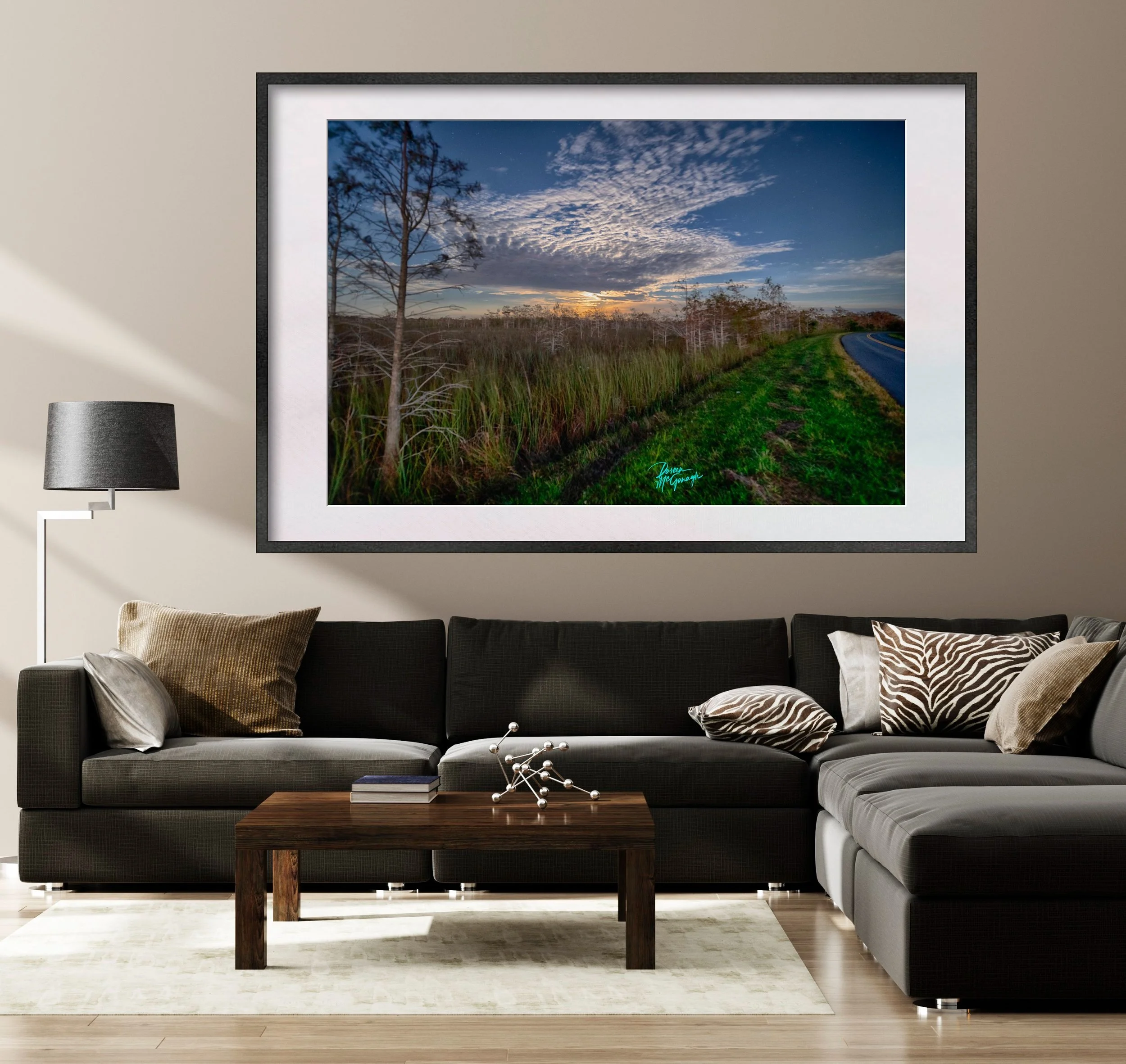Capture Nature's Beauty With Landscape Photography
Landscape photography is undoubtedly an integral part of nature photography. It captures the natural beauty of the earth's diverse beautiful landscapes and preserves them for posterity. The primary objective of landscape photography is to showcase the natural wonders of the planet, including its mountains, valleys, forests, and water bodies. The genre is about capturing the essence of a place, including the physical and emotional aspects that it evokes.
Landscape photography is a fascinating art form that requires a keen eye for detail, patience, and a deep appreciation for nature. It often involves waiting for the perfect lighting conditions or the right moment to capture a stunning image. The photographer must also be able to recognize the unique features of each landscape and frame it in a way that highlights its beauty.
The goal of landscape photography is to capture the natural world in its raw and unadulterated form. It is about preserving the beauty of the environment and showcasing it to the world. In doing so, it raises awareness about the fragility of our planet and the need to protect it for future generations.
Many landscape nature photographers are also avid conservationists who use their images to highlight environmental issues and promote conservation efforts. By showcasing the natural beauty of the planet, they encourage people to appreciate and protect it.
Landscape photography is an integral part of nature photography. It captures the essence of the natural world and preserves it for posterity. By showcasing the beauty of the earth's landscapes, it raises awareness about environmental issues and encourages conservation efforts. Landscape photography is not just an art form; it is a means of promoting environmental consciousness and inspiring people to take action to protect the planet.
Landscape photography is an art form that allows you to capture the beauty of the natural world. Whether you're an amateur or a professional photographer, there's something magical about capturing a stunning landscape photo that evokes a sense of awe and wonder. With the right techniques, equipment, and a little bit of patience, you can create stunning landscape photos that will leave a lasting impression.
One of the key elements of landscape photographs is composition. It's not just about capturing a pretty picture, but rather, it's about creating an image that tells a story and draws the viewer's eye to the main focal point. To achieve this, you need to consider elements such as balance, depth, and perspective. One way to achieve balance is by using the rule of thirds. This means dividing your frame into three parts horizontally and vertically, and placing your subject at one of the intersections. This creates a more interesting and balanced composition.
Another important element of landscape photography is understanding light and shadow. The right lighting can make all the difference in a landscape photo. One of the best times to capture the perfect lighting is during the golden hour, which is the hour just after sunrise or just before sunset. During this time, the light is softer and warmer, creating a more dramatic and breathtaking image. It's also a great time to experiment with different angles and perspectives to capture the perfect shot.
Full Moon Behind the Clouds Everglades National Park 05
Photos of Everglades National Park might also include a large variety of wetlands, including freshwater sloughs, mangrove swamps, and saltwater marshes. The wetlands of Everglades National Park offer a crucial habitat for many species of fish, crustaceans, and shellfish.
Ansel Adams, a famous American photographer, was a master of using light and shadow in his landscape photos. He often used a technique called "zone system," which involved carefully controlling exposure to achieve the desired image quality. This allowed him to create stunning black and white images of the natural world that still inspire photographers today.
Equipment also plays a crucial role in landscape photography. A wide angle lens is the best choice for capturing the vastness of a landscape, while a tripod can help you achieve sharper images, particularly in low light conditions. You may also want to invest in filters, such as polarizers or neutral density filters, which can help you achieve different effects in your photos.
Patience and persistence are also important qualities for a landscape photographer. Sometimes, you may have to wait for the best time to capture the perfect shot. This is particularly true with wildlife photographers, where you need to be in the right place at the right time to capture the perfect image. While wildlife photographers will use faster shutter speeds, a landscape image will require a manual mode to calculate the correct exposure time. But the reward for your patience and persistence can be an award-winning photo that captures the beauty of the natural world.
The use of a neutral density filter, long exposures are all part of the tools required to create better images. Fine art landscape is often done using a wide-angle lens with a slow shutter speed. The right conditions may not present the correct amount of ight immediately. The weather conditions will need to be checked to ensure the amount of time needed to create the stunning final result.
When it comes to printing your landscape photos, there are several options available. Fine art prints on paper or canvas can showcase the natural beauty of your image, while metal prints can create a more modern and contemporary look. Regardless of the medium you choose, investing in high-quality prints can help you preserve your images for years to come.
Based in the United States, I often like to be a travel photographer will explore different locations and capture the natural landscapes of the world. Whether you're visiting a national park or a remote wilderness area, there are endless opportunities to capture the beauty of the natural world. However, it's important to respect the environment and the wildlife around you. It ss a good idea to always follow the Leave No Trace principles and avoid disturbing the natural world around you.
Doreen McGunagle, an award-winning landscape photographer, emphasizes the importance of patience, persistence, and practice in landscape photography. She recommends taking a lot of photos and experimenting with different techniques to improve your skills over time. With years of experience and a love for the great outdoors, Doreen has captured stunning images of natural landscapes that inspire others to appreciate the beauty of the world around us. Her unique perspective is demonstrated well in her landscape photography prints.
In conclusion, landscape photography is a great way to capture the beauty of nature and create stunning images that last a lifetime. With the right equipment, techniques, and a little bit of patience, you can create images that evoke a sense of awe and wonder. Whether you're an amateur or a professional photographer, landscape photography is a rewarding and fulfilling art form that allows you to connect with the natural world and create art that inspires others to appreciate the beauty of our planet. Check out our fine art gallery.


